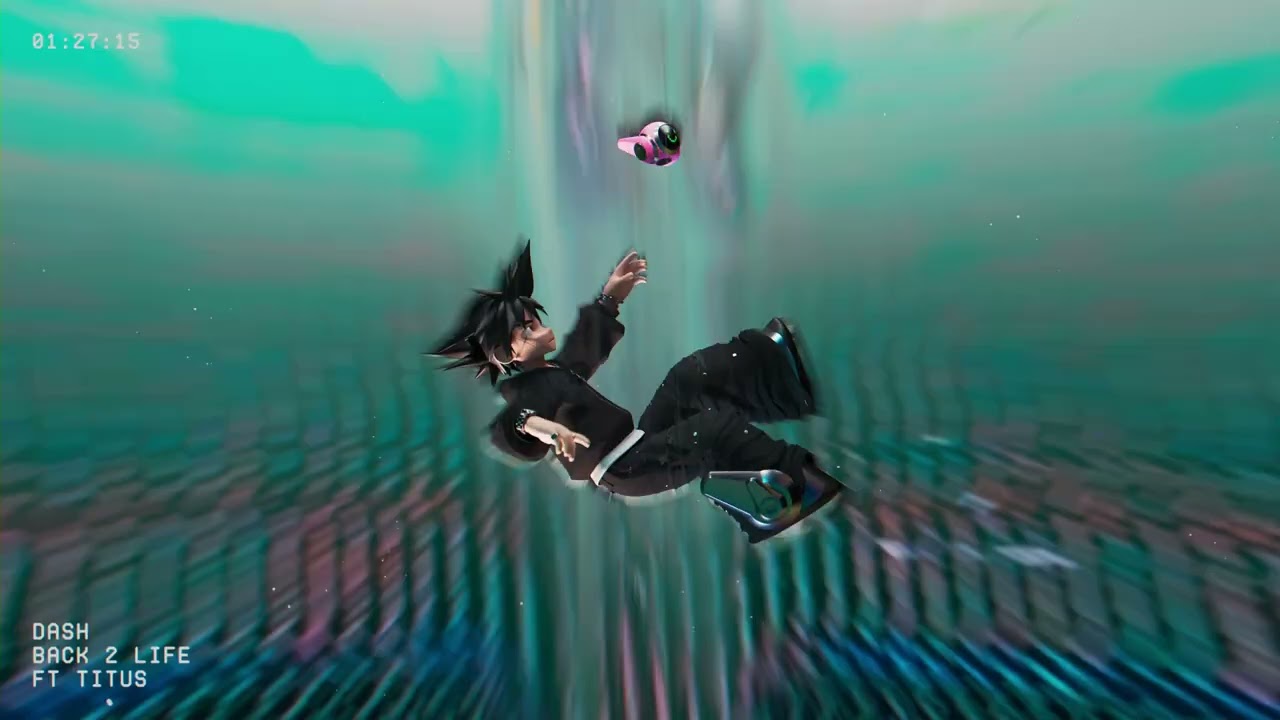The upcoming Netflix anime release, Record of Ragnorak, might be about to stir up controversy thanks to its core concept. The premise of this seinen manga adaptation -- written by Shinya Umemura and Takumi Fukui and illustrated by Ajichika -- is simple: a tournament arc between humans and literal Gods from mythology and theology. On paper, this sounds pretty fun and open to a lot of exciting possibilities. It will no doubt be one of the highlights of the next year for fans of fighting anime.
However, there is one important issue. At least one of the deities showcased isn't mythological but from an active religion. While the series does pit Adam -- the Biblical first man -- against entities like Thor and Heracles, it also features Shiva, the Hindu God of Destruction, in a very prominent role. Judeo-Christian and Buddhist icons in anime are not too uncommon, but controversy tends to emerge whenever anime and other media feature Hindu deities. This might put Record of Ragnorak in the same hot water as its source material when it launches.
The controversy surrounding Record of Ragnarok manifested itself in the United States Government in October 2020 when Rajan Zed, President of the Universal Society of Hinduism, issued a statement criticizing the manga for its trivialization of Hindu Gods and Goddesses. Shiva appears in the trailer for the upcoming adaptation, along with several other lesser Hindu deities.
This was not the first time Zed issued such complaints. Zed previously criticized the video game Shin Megami Tensei IV: Final for featuring Krishna, the eighth avatar of the God Vishnu, and the video game Smite for featuring the Goddess Kali. He also levied criticism toward Apocalypse in X-Men: Apocalypse.
Zed argues that media like this misrepresents the teachings of Hindu, presenting a version of them that is, at best, inaccurate and at worst, hurtful. In regards to Krishna in Shin Megami Tensei IV, Krishna bore little to no resemblance to traditional depictions of him in Hindu lore. Gone is Krishna's blue skin, but added is a fedora that makes him look like a subversive gangster.
Likewise, Record of Ragnorak shows Shiva as a brutal powerhouse on-par with Thor or Heracles, which is far from the reality surrounding the figure. This might give audiences who are otherwise unfamiliar with the religion a very different view of Hinduism to what its followers might want.
Anime has a storied history of using and sometimes distorting religious iconography. Saint Young Men depicts Jesus and Buddha as two friends just hanging out together. Neon Genesis Evangelion appropriates tons of Judeo-Christian icons purely because they look cool. Angel Sanctuary adds incest subplots to God's plan.
However, what's different here is that Judeo-Christian stories have tons of positive and faithful portrayals in the media to counteract the negative ones. Many of these adaptations are incredibly well-known around the world, too. Hinduism doesn't really have that. There is no Hindu equivalent of The Ten Commandments or The Passion of the Christ that have gained the same level of international notoriety. For many people, Indiana Jones and The Temple of Doom may, unfortunately, be the biggest exposure they've had to Hinduism.
Disney's Hercules and Marvel's Thor are not faithful adaptations of their source mythologies. However, unlike Greek and Norse folklore, the Hindu religion has 900 million followers. Spreading fictionalized depictions of the Norse religion isn't going to offend a lot of people. If you spread false information about Shiva, however, you might cause problems that real people will need to deal with.
Not everyone may feel the same way that Zed does about Record of Ragnorak. But should you watch the anime or read the manga, it might be worth educating yourself on the real beliefs inherent to Hinduism so you can separate creative liberties from religious tenants.
About The Author

